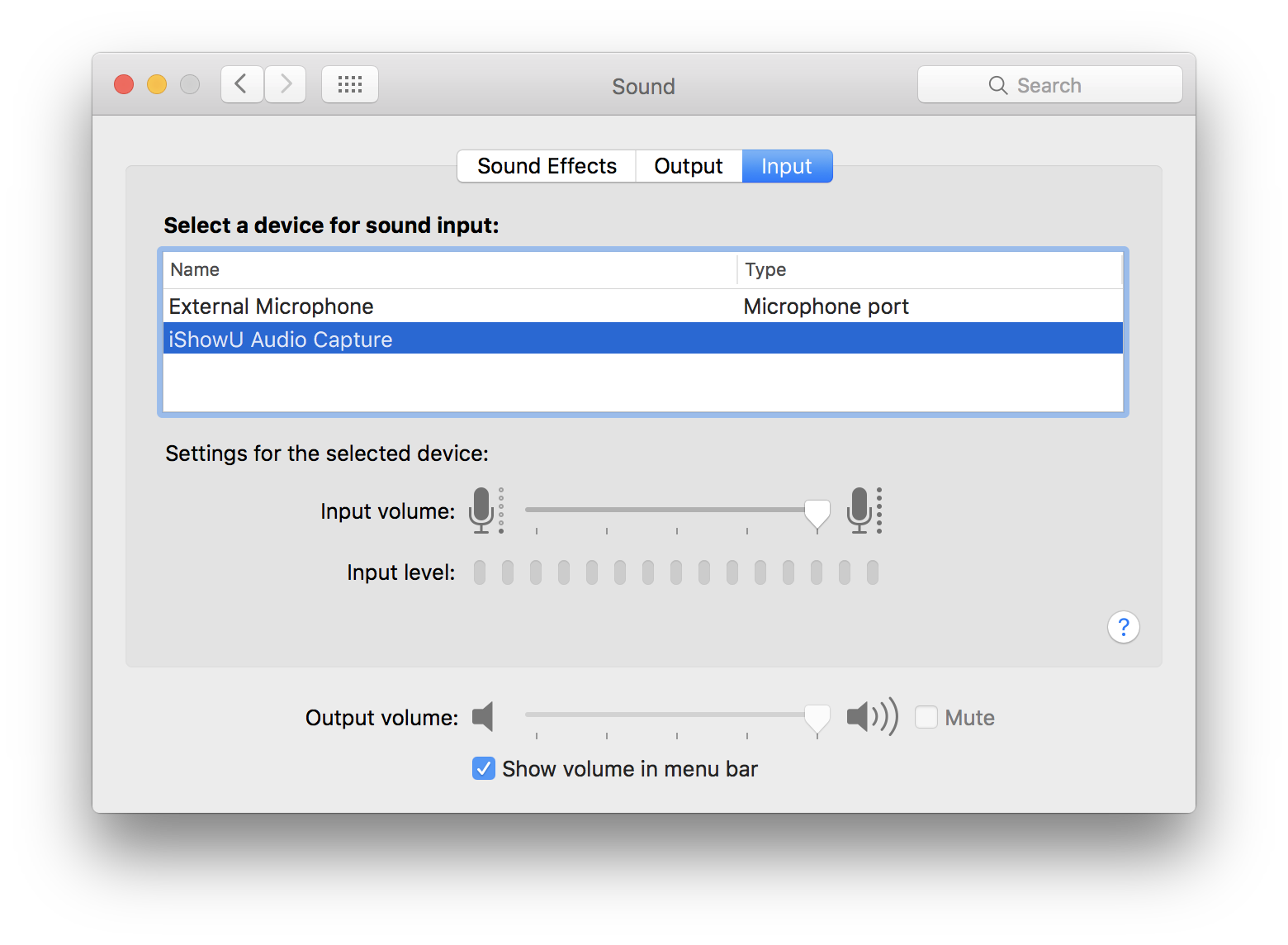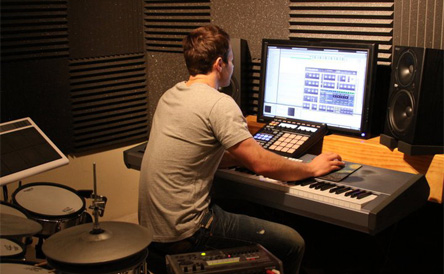Open FL Studio ASIO driver: select your USB mic on the Input field and your Audio Interface on the Output field. NOTE: If you don't see your audio devices listed, you may need to set up the default Windows Input/Output devices as shown here. Set the Latency to 512 ms OR less. Usually lower is better.
- Fl Studio 20 Is Picking Up My Mac Mic Compatible
- Fl Studio 20 Is Picking Up My Mac Microphone
- Fl Studio 20 Is Picking Up My Mac Mic App
- Fl Studio 20 Is Picking Up My Mac Mic Louder
Microphones picking up the background noise is a real issue that gets annoying and ruins the quality of the video and the audio. Excess background noises are a pain, and there are tricks to reduce the unwanted sounds coming from the microphone. Unfortunately, microphones are not smart enough to listen to the sounds we want and discard the ones that we do not want. Any sound recording will generate background noise to some extent, but there’s a lot that you can do to minimize the interference. Whether you’re on stage or in the studio, one question which you should ask yourself which will always be of crucial importance for good sound is: “how to reduce the background noise to get the best out of the microphone?” Not every microphone is the same; not every room is the same; not every performer is the same. We tell you how to master the art and stop mic from picking up background noise.
Fl Studio 20 Is Picking Up My Mac Mic Compatible

Basically, the background noise can be defined as “unwanted sound”. The level and duration of the noise define its characteristics. There are many types of noises, but the three mainly are- Broadband Noise, Narrow Band Noise, and Impulse Noise. Other noises include irregular noises such as rain, traffic, background conversation, etc. which are very difficult to remove because they are produced from many random sounds that differ in frequency and volume, and electric noises could also be a big issue. Generally, there is a chain of order to follow when it comes to recording high-quality audio. The first step is to try your hardest to get the cleanest, highest quality audio with your hardware. This means creating a quiet environment and setting up your microphone correctly.
- Go to your taskbar. Navigate to the system tray. Right-click on the Speaker icon.
- Select whatever input you're using, and put the volume up maybe 80%. In flstudio, select an open insert, where it says 'IN' at the top of the mixer, choose one of the options (all my options detect sound, so choose whether or not you want mono or stereo (usually you want mono)).
How to stop mic from picking up background noise

Basically, every audio recording contains a certain amount of noise. These unwanted sounds must be removed as much as possible to produce the best audio recordings. So, here are a few solutions to get rid of the problem of the mic picking up background noises.
Mic Sensitivity
Microphone sensitivity is very important when choosing the right mic for your needs. It is important to know that some microphones are more sensitive than others, and the quality of it is not really related to its sensitivity. Once exposed to the same sound source, various microphone models might generate totally different output levels. Set the correct input level of the sound source and use balanced audio connections to prevent noise entering the microphone.
Microphone Windshield
Mic Windshield or Windscreen is basically used for outdoor work to block the noise that is produced by the wind. It should be placed over the microphone’s head. This prevents wind interference as well as heavy breathing and pop noise. Windshields offer up to 12dB wind noise rejection and also will deliver a cleaner sound.
Pop Filter
Pop filters are not for outdoor use; they are mainly used in studios. It is a filter that is placed between the singer/speaker and the microphone. The pop filter looks like a big lollipop, and it comes in a round disc looking object which should be mounted on a mic stand and has a flexible boom to place it exactly where needed. The filter eliminates or reduces plosives, so the microphone will not pick up an explosion of sound. Also, it helps keep moisture off the mic, which is good for the equipment.
Fl Studio 20 Is Picking Up My Mac Microphone
Shock Mounts
Fl Studio 20 Is Picking Up My Mac Mic App
Microphones are very sensitive. Shock mounts save them from shocks and vibrations to get the best possible performance and sound quality out of it. Shock mounts are used to effectively reduce the handling noise. Fit a shock mount to the mic stand to reduce background noise caused by tremors and vibrations.
Equalization
Equalization means optimizing frequencies of sound. We can increase or decrease the volume of the selected frequency through the equalization process. Every sound has its own frequency, and certain frequencies are louder than the others. Because of that, an equalizer is used to “equalize” these frequencies, which means that we will have to reduce frequencies that are dominant or increase those that are missing in order to achieve the best sound. Using Equalizer is quite easy, especially if it has its own analyzer. You can easily see which frequency is messing your performance and reduce it with the help of the analyser.
Fl Studio 20 Is Picking Up My Mac Mic Louder

Noise Reduction Software
Audio noise reduction is a type of system that helps to remove the unwanted noise from the audio signal. The goal of the noise reduction process is to take a noisy signal and isolate the clean sound signal from the noise. There are a lot of noise reduction software plug-ins available in the market. Basically, every noise reduction plug-in works according to the same principle which is “Get noise print and – applies”. The difference lies only in the additional parameter settings.
Noise Gate
A noise gate is basically used for the elimination or reduction of the unwanted external sounds. It allows an audio signal to pass through only when it is above a threshold value. In other words, it is usually used when the level of the audio signal is above the level of the noise. If properly set, the noise gate will reduce steady noise static from amplifier and hum from the power supply system without affecting the sound source. With very few adjustments, with the help of the noise gate, we can get rid of the unwanted noise that the microphone picks up, either at the stage or in the home studio.
So, the above mentioned were the few solutions on how to stop the mic from picking up background noise. The removal of noise was a very difficult and expensive process a few years back, but the new generation of high-speed computers equipped with quality sound cards and software have made audio noise removal quite an easy process. The noise can be kept away from your live performances or recordings with the help of these easy tips and tricks.